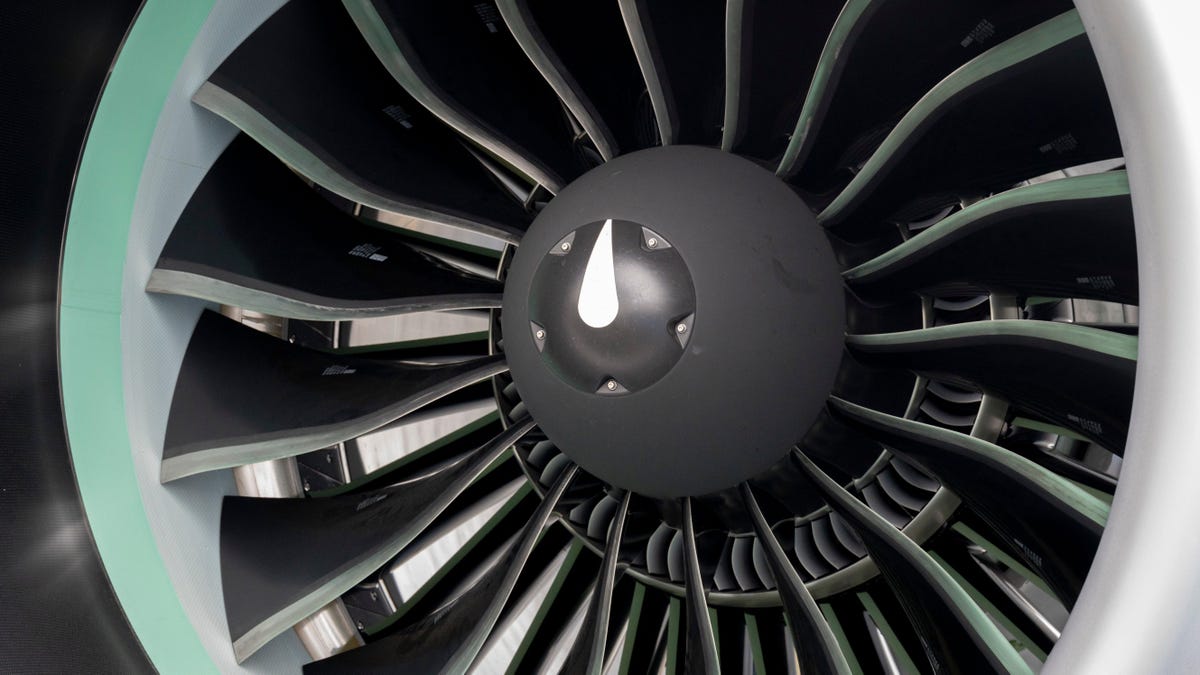-
1
- #1
Alistair_Heaton
Mechanical
- Nov 4, 2018
- 9,777
first thread
Follow along with the video below to see how to install our site as a web app on your home screen.
Note: This feature may not be available in some browsers.
By diving into the ground.Dave, Quote; The plane provided direct physical feedback of the trim condition. That's peak performance in human factors.
Boeing didn't withhold the training about it because they didn't know about this interaction. They also don't train on other flight control systems that the pilots make no direct inputs into. MCAS has no user serviceable parts, there isn't anything that pilots can do to influence it beyond the trim runaway procedure, which they are already supposed to be trained in. Once the interaction was exposed there wasn't anything that Boeing could influence - it's up to the various FAA/CAA organization and the owners, operators, Chief Pilots, and line pilots who are responsible for determining if they have the training required and to not fly if they feel they do not.By diving into the ground.
Boeing was completely blameless for initially hiding a new system from the pilots to save on training costs?
That was followed up by ineffective training.
Unfortunately the long term costs exceeded the short term savings. (By millions of dollars and hundreds of lives)
So, Dave, do you work for Boeing directly or for a contract PR firm?
(3DDave: This member limits who may view their full profile.)
You didn't suggest grounding prior to the "pattern." You don't get to say there was a problem with Boeing when you have the exact same problem.It think it was when I joined.
A second fatal accident with the same root cause inside under a year so soon after certification yes I would expect the type to be grounded.
If there was a similar pattern on the A220 I would expect it to be grounded. We are still having pretty major updates regularly.

 qz.com
qz.com
